Blog Overview
Blog & News
Keep up with CareOne.
Featured Posts
In the News
Read More: From Healing to Hope: A Post-Hospital Rehabilitation Success Story


November 6, 2024
From Healing to Hope: A Post-Hospital Rehabilitation Success Story
Read More: How to Communicate with Someone with Dementia
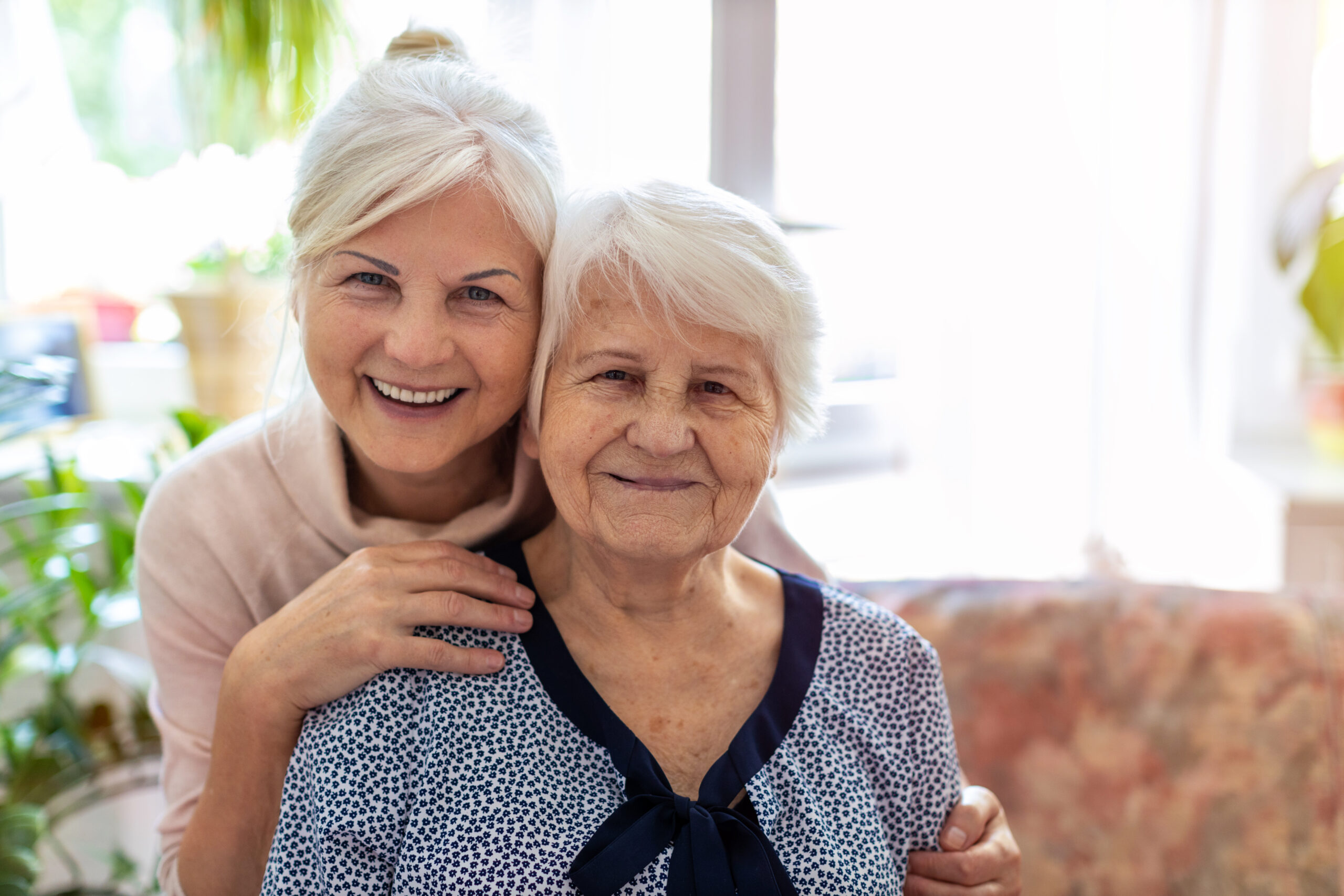

October 31, 2024
How to Communicate with Someone with Dementia
Read More: CareOne Leads Charge: Creutzfeldt-Jakob Disease Awareness
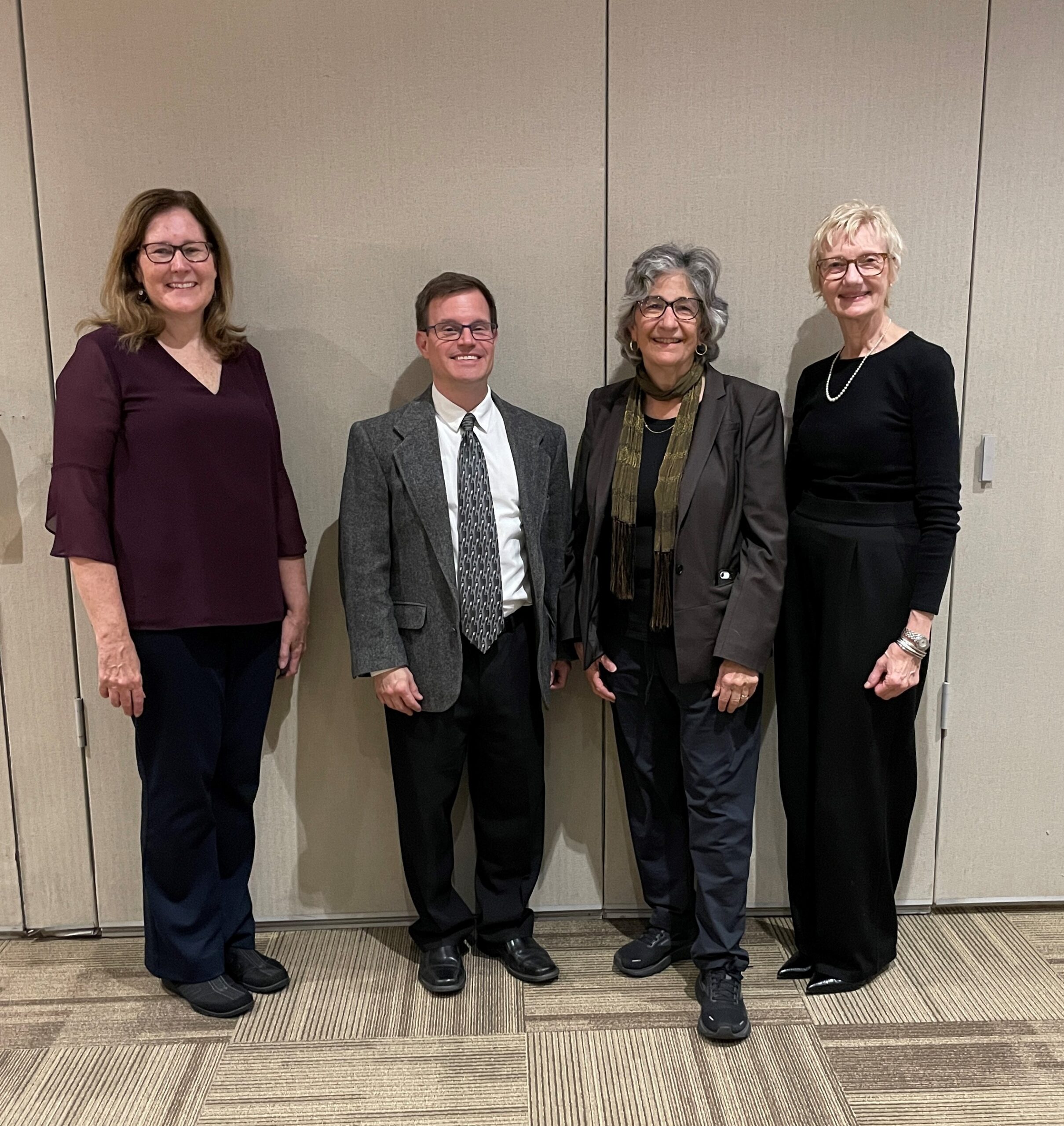

November 5, 2024
CareOne Leads Charge: Creutzfeldt-Jakob Disease Awareness
Read More: How Memory Care Facilities Can Help Families Build Support Networks
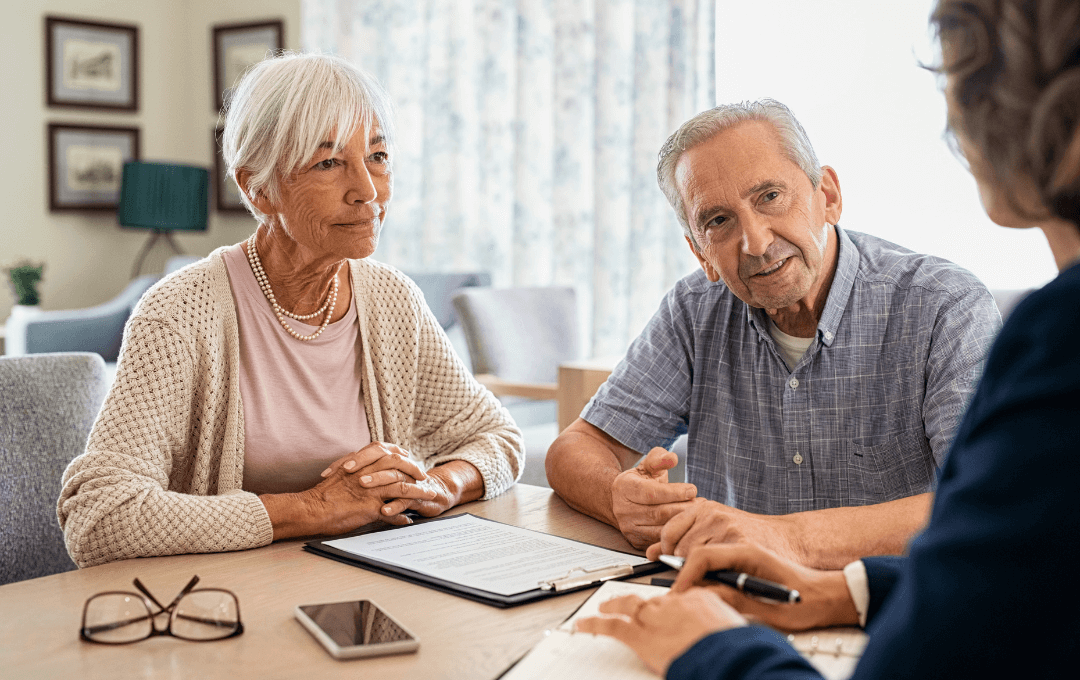

September 6, 2024
How Memory Care Facilities Can Help Families Build Support Networks
Read More: CareOne Completes 2nd Annual Summer of Sharing


September 10, 2024
CareOne Completes 2nd Annual Summer of Sharing
Read More: Caregiver Chronicles Podcast: Dementia Care Development ft. Joan DiPaola


July 15, 2024
Caregiver Chronicles Podcast: Dementia Care Development ft. Joan DiPaola
Read More: 6 Supplements You Should Never Take If You’re Over 60, Doctors Say
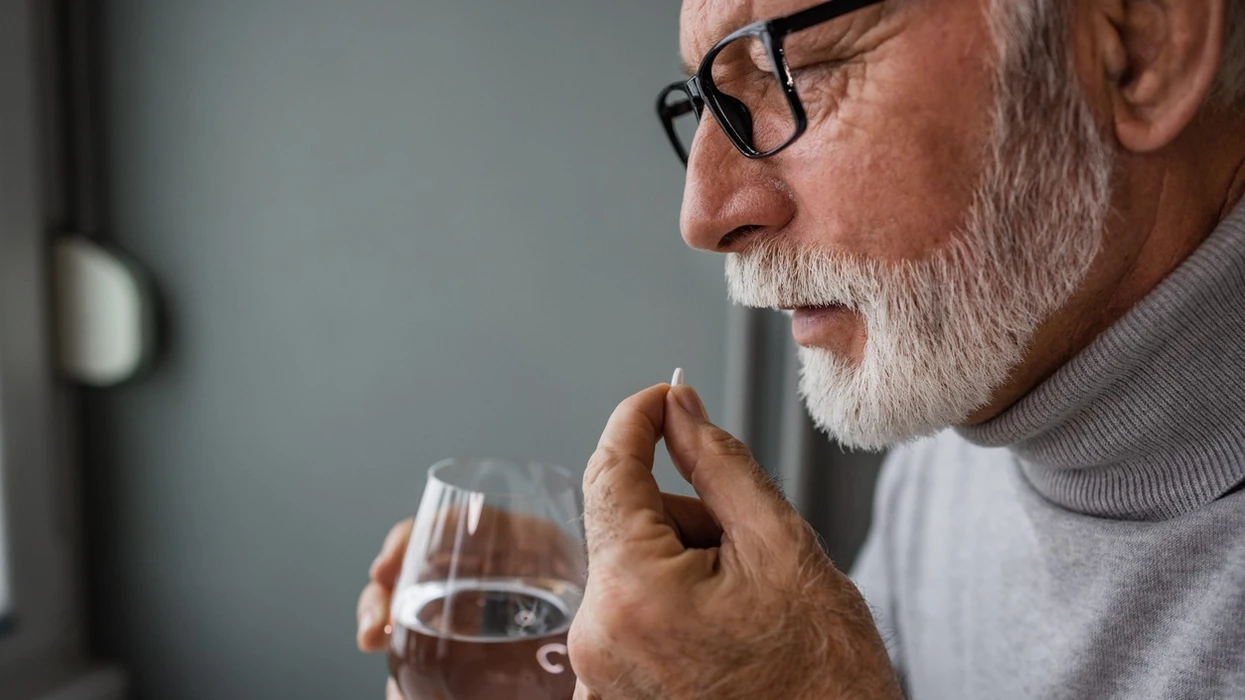

April 9, 2024
6 Supplements You Should Never Take If You’re Over 60, Doctors Say
Read More: Proper Nutrition Crucial for Seniors in Assisted Living Facilities, Says Dietitian
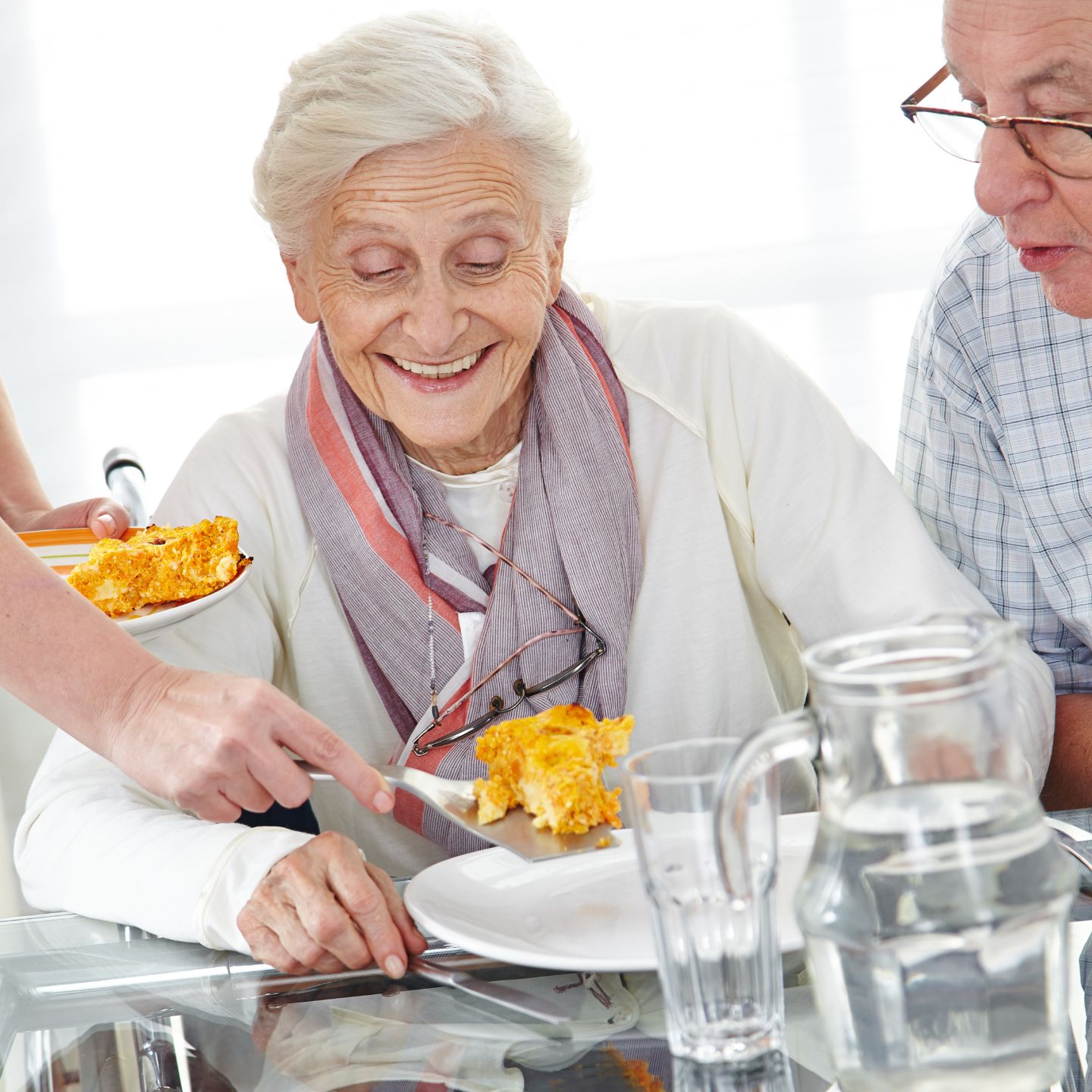

May 1, 2024
Proper Nutrition Crucial for Seniors in Assisted Living Facilities, Says Dietitian
Read More: CareOne Announces Second Annual Summer of Sharing Charitable Giving Program


May 15, 2024
CareOne Announces Second Annual Summer of Sharing Charitable Giving Program
Read More: CareOne Nurse Unravels Medical Mystery to Save Patient’s Life


March 7, 2024
CareOne Nurse Unravels Medical Mystery to Save Patient’s Life
Latest posts in
Caregiver and Resident Resources
Read More: How to Talk to Someone You Love About Senior Care


July 2, 2025
How to Talk to Someone You Love About Senior Care
Read More
Read More: Finding Purpose After a Move to an Assisted Living Community
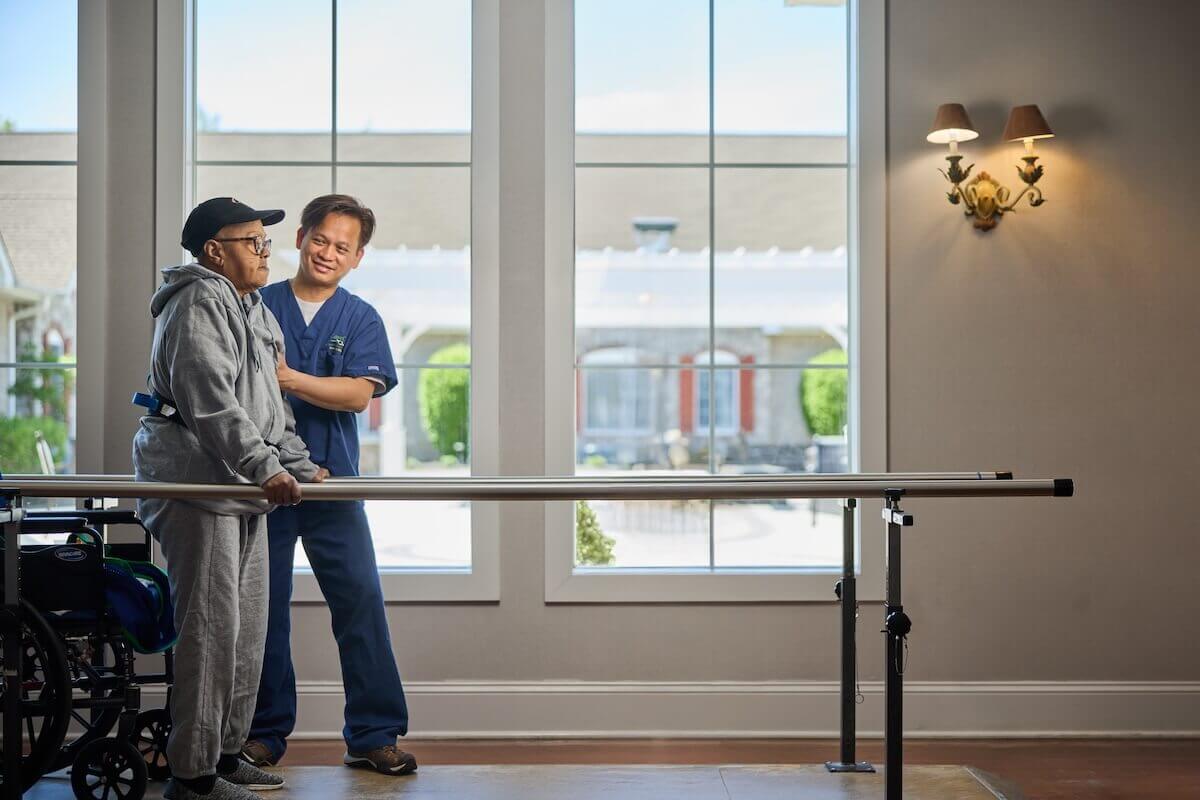

July 1, 2025
Finding Purpose After a Move to an Assisted Living Community
Read More
Read More: Navigating Emotional Conversations About Long-Term Care with Family
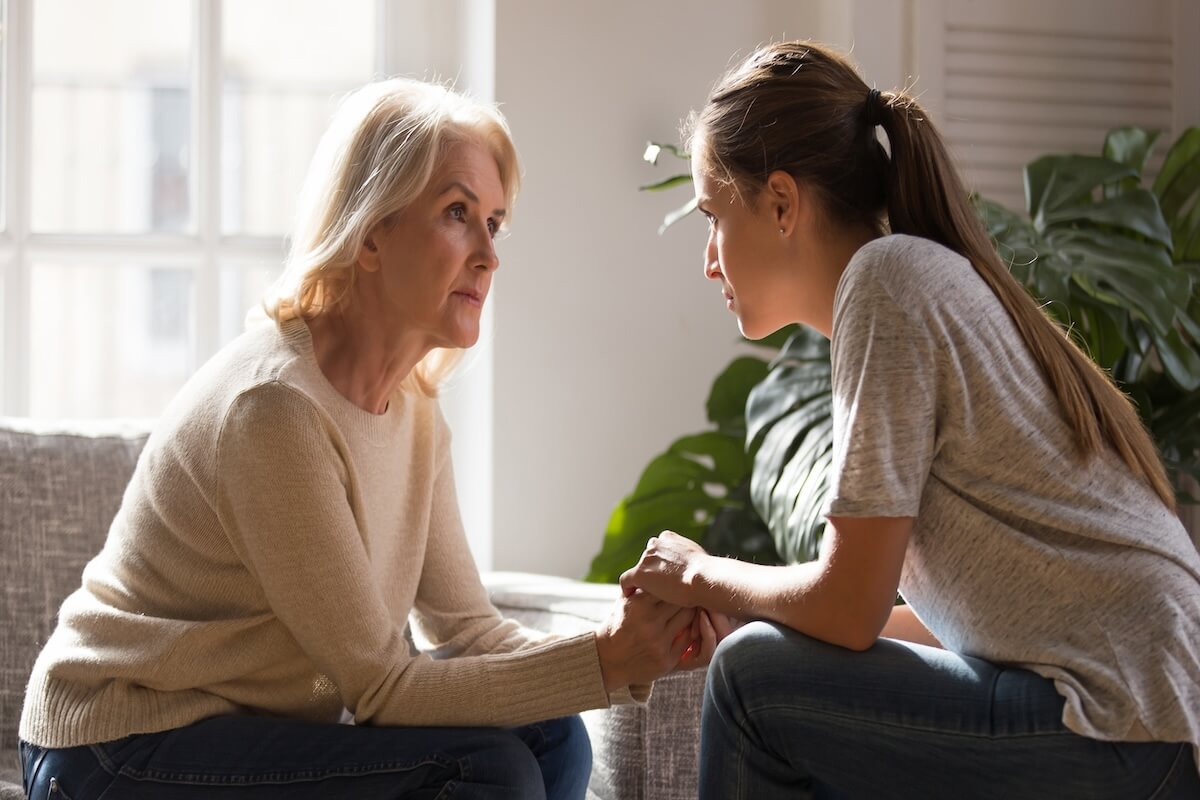

June 15, 2025
Navigating Emotional Conversations About Long-Term Care with Family
Read More
Read More: How to Choose the Right Care for Your Family Member’s Needs
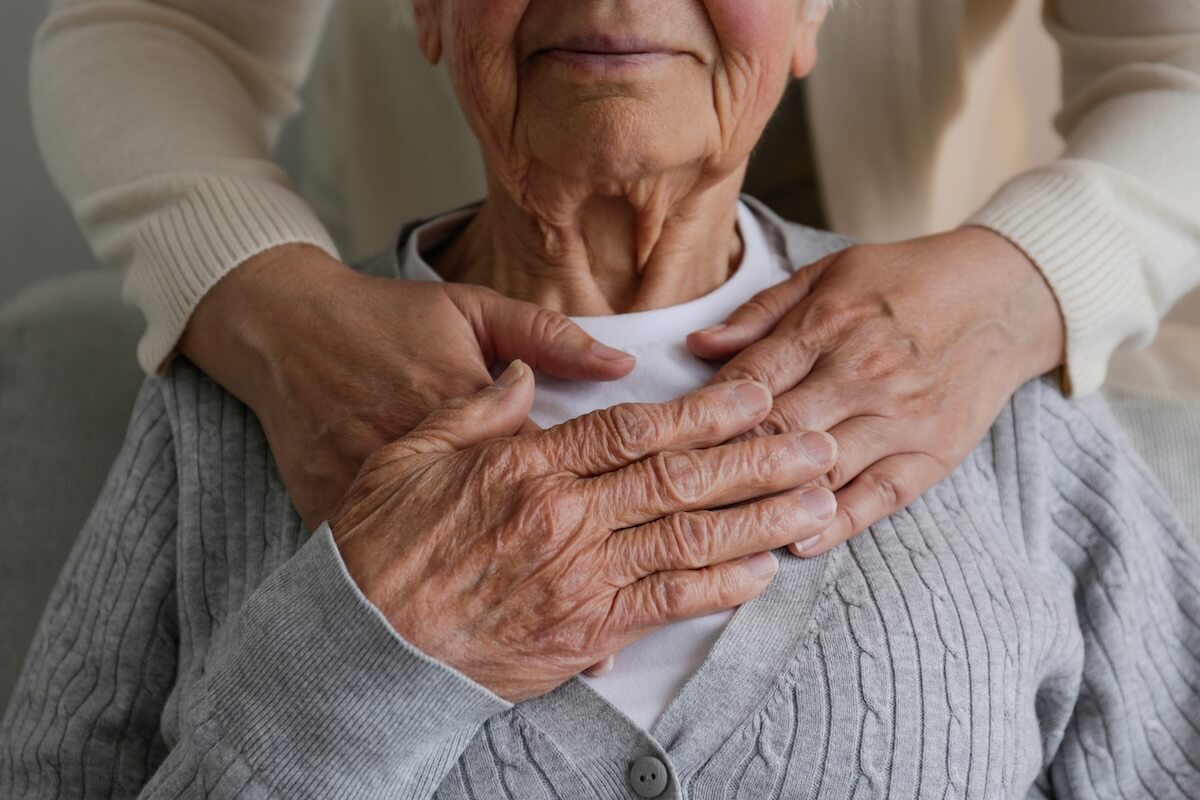

June 1, 2025
How to Choose the Right Care for Your Family Member’s Needs
Read More
Read More: Myths and Misconceptions About Assisted Living
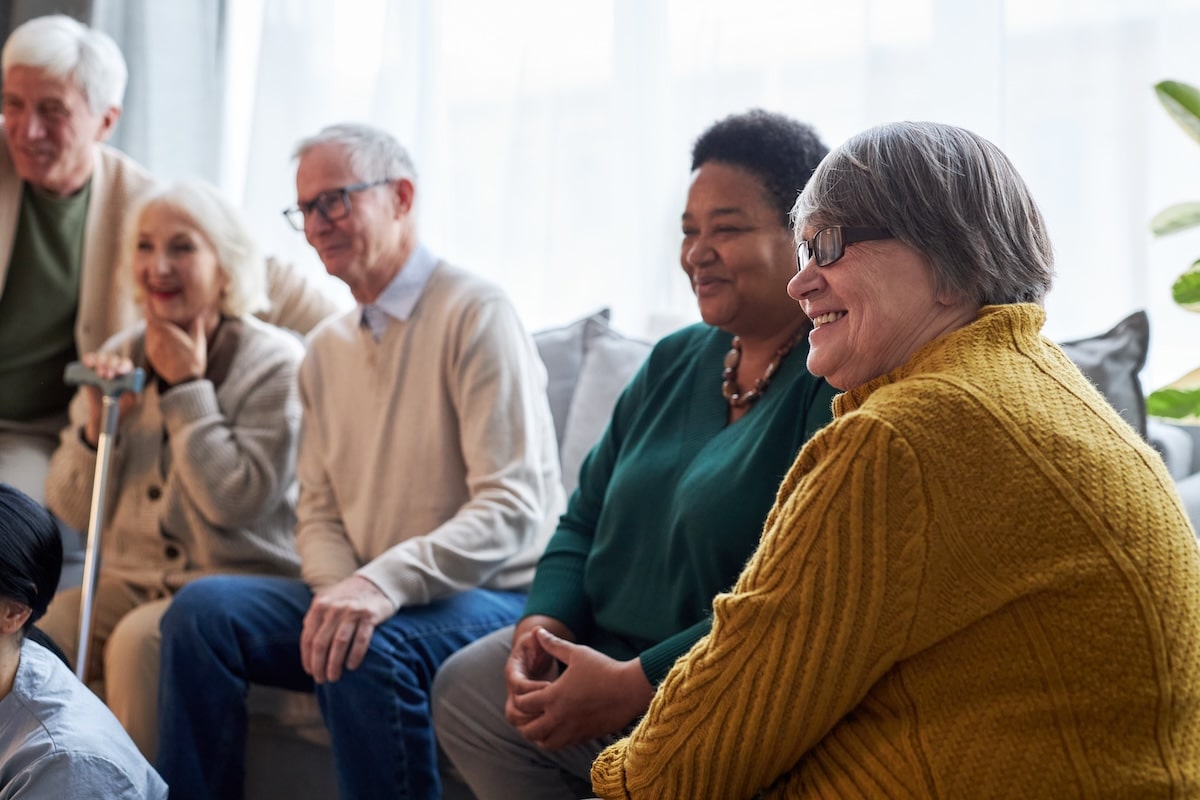

May 15, 2025
Myths and Misconceptions About Assisted Living
Read More
Read More: From One Act of Care to a Career of Impact: How Our Team Grows & Thrives
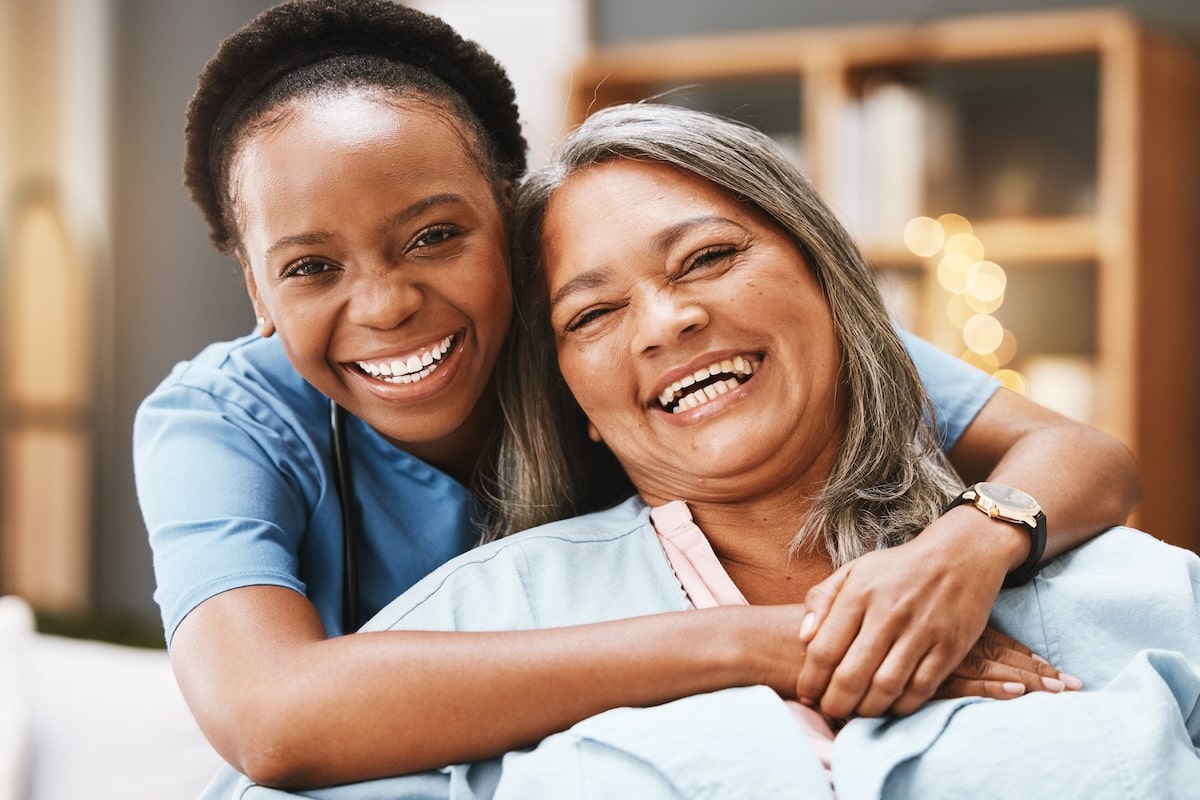

May 1, 2025
From One Act of Care to a Career of Impact: How Our Team Grows & Thrives
Read More
Read More: Supporting a Family Member’s Transition to Post-Acute Care Rehabilitation
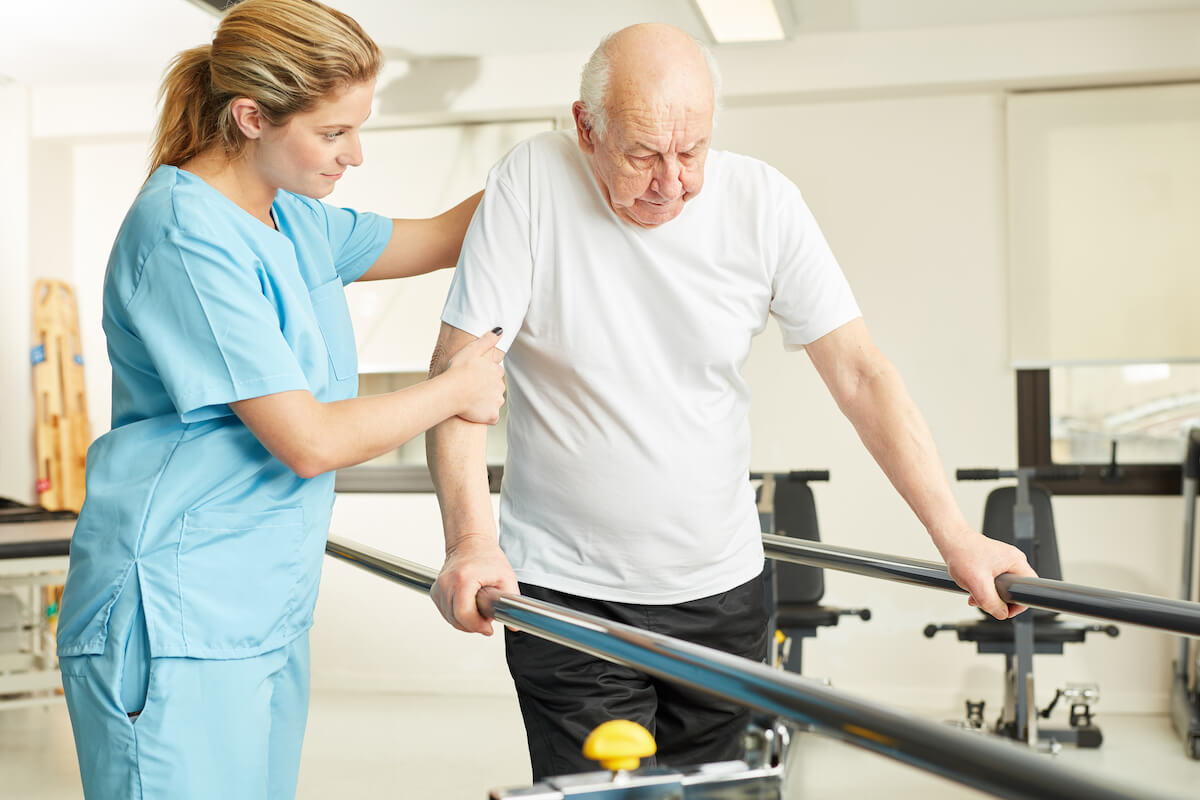

April 15, 2025
Supporting a Family Member’s Transition to Post-Acute Care Rehabilitation
Read More
Read More: Understanding the Continuum of Senior Care Options


April 1, 2025
Understanding the Continuum of Senior Care Options
Read More
Read More: Understanding Your Senior Care Options
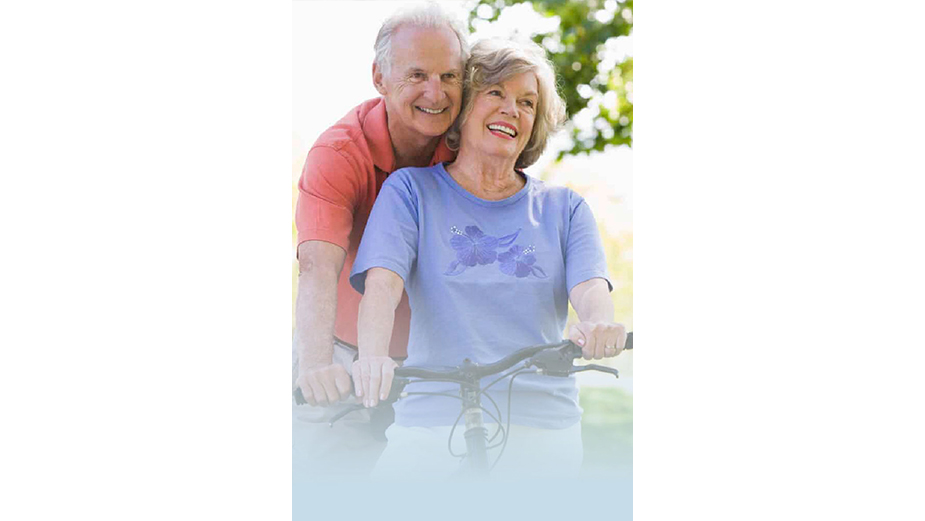

March 16, 2025
Understanding Your Senior Care Options
Read More
Read More: The Role of Nutrition in Skilled Nursing Care
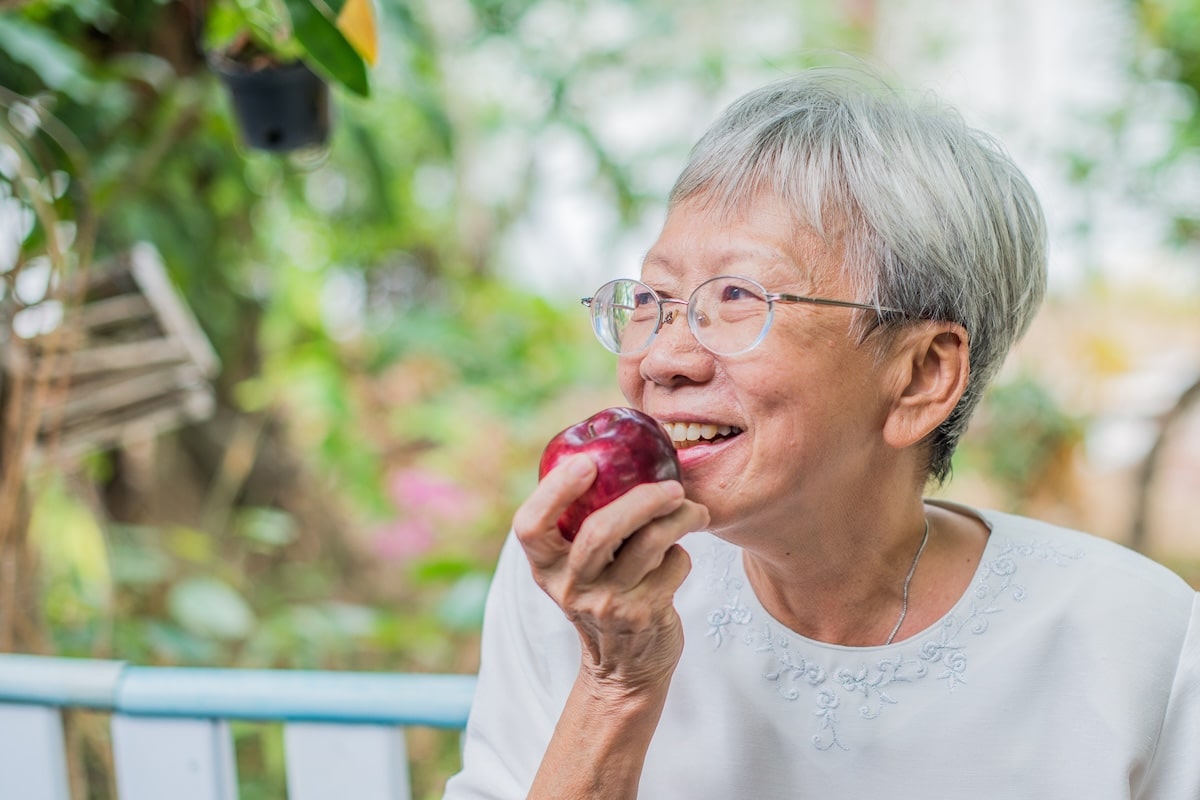

March 15, 2025
The Role of Nutrition in Skilled Nursing Care
Read More
Read More: How to Talk to Someone You Love About Assisted Senior Care Options
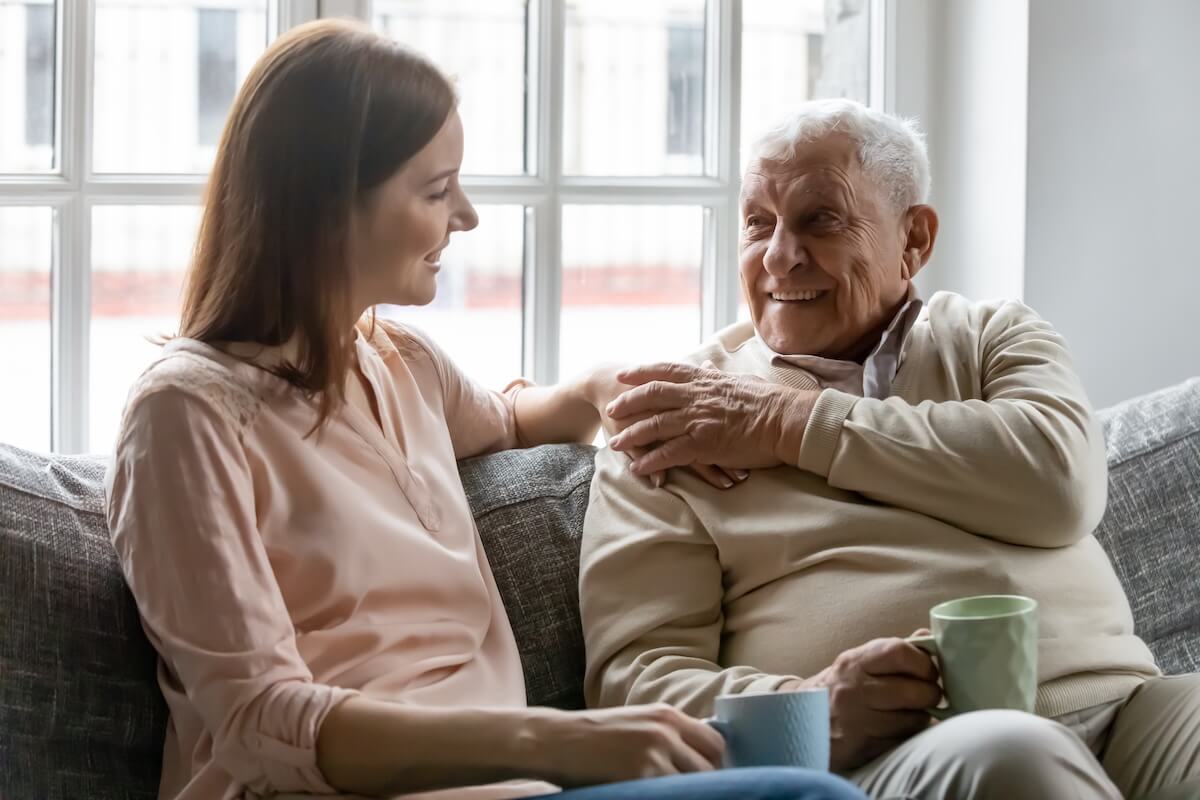

March 1, 2025
How to Talk to Someone You Love About Assisted Senior Care Options
Read More
Read More: Skilled Nursing Care: Promoting Recovery After Surgery or Illness
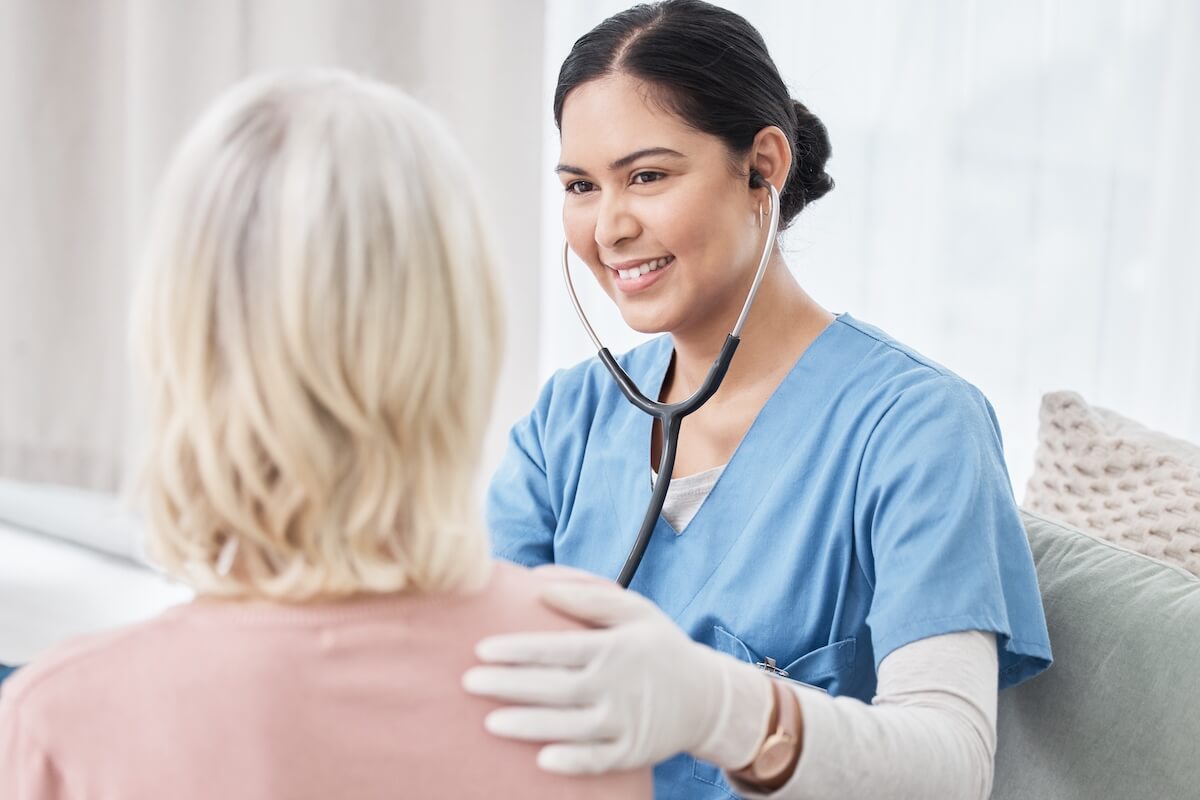

February 15, 2025
Skilled Nursing Care: Promoting Recovery After Surgery or Illness
Read More
Read More: How Assisted Living Communities Help Individuals Find Connection


February 1, 2025
How Assisted Living Communities Help Individuals Find Connection
Read More
Read More: A Day in the Life of a Senior Assisted Living Resident
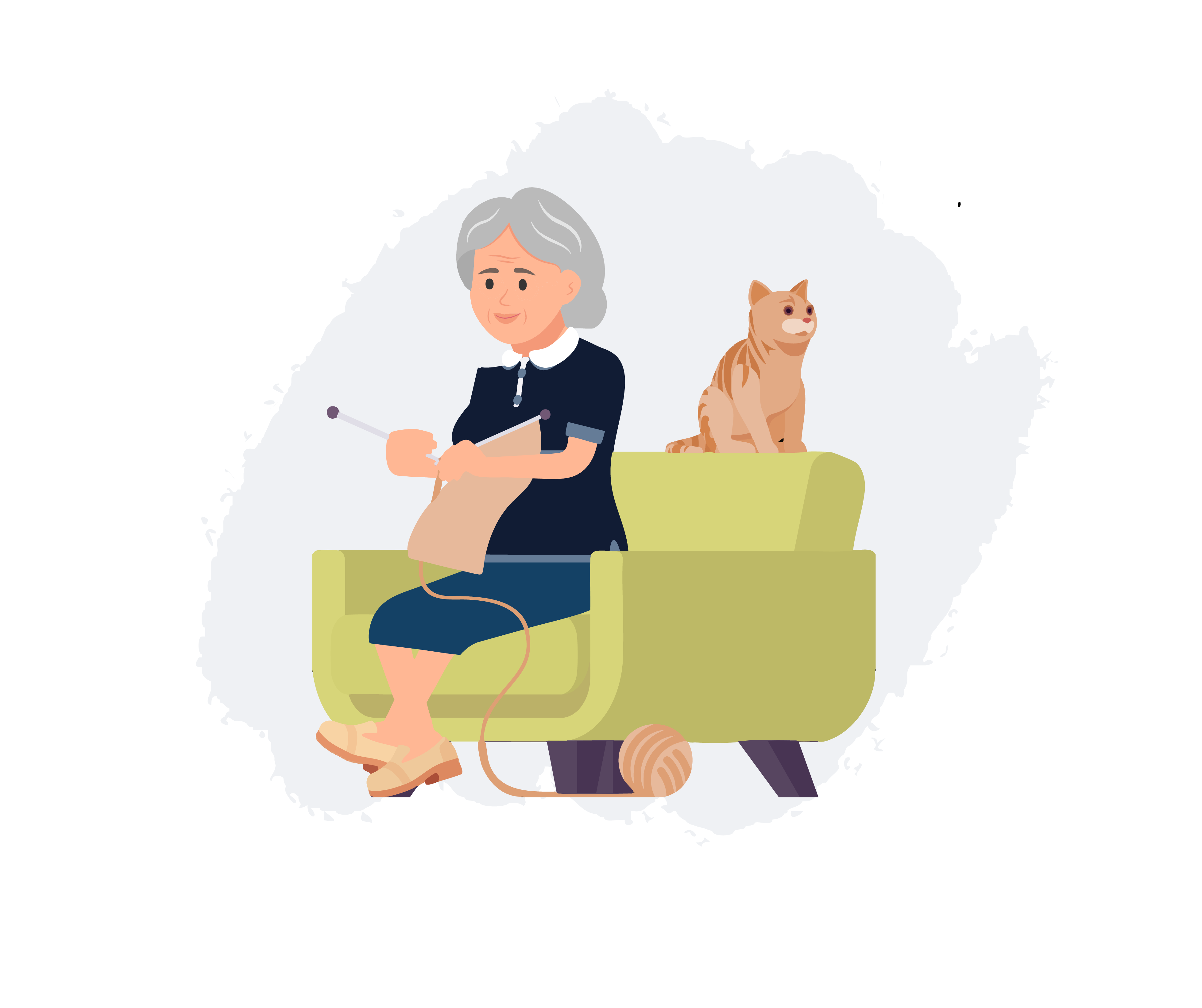

November 22, 2024
A Day in the Life of a Senior Assisted Living Resident
Read More
Read More: How to Communicate with Someone with Dementia


October 31, 2024
How to Communicate with Someone with Dementia
Read More
Latest posts in
Culture & Careers
Read More: Employee Spotlight: How One CareOne Nurse Transitioned to a Post-Acute Nursing Facility


October 26, 2023
Employee Spotlight: How One CareOne Nurse Transitioned to a Post-Acute Nursing Facility
Read More
Read More: The 6 Types of Senior Care Nurses at CareOne


October 24, 2023
The 6 Types of Senior Care Nurses at CareOne
Read More
Read More: The CareOne Difference: How Company Culture Shapes Employee Motivation
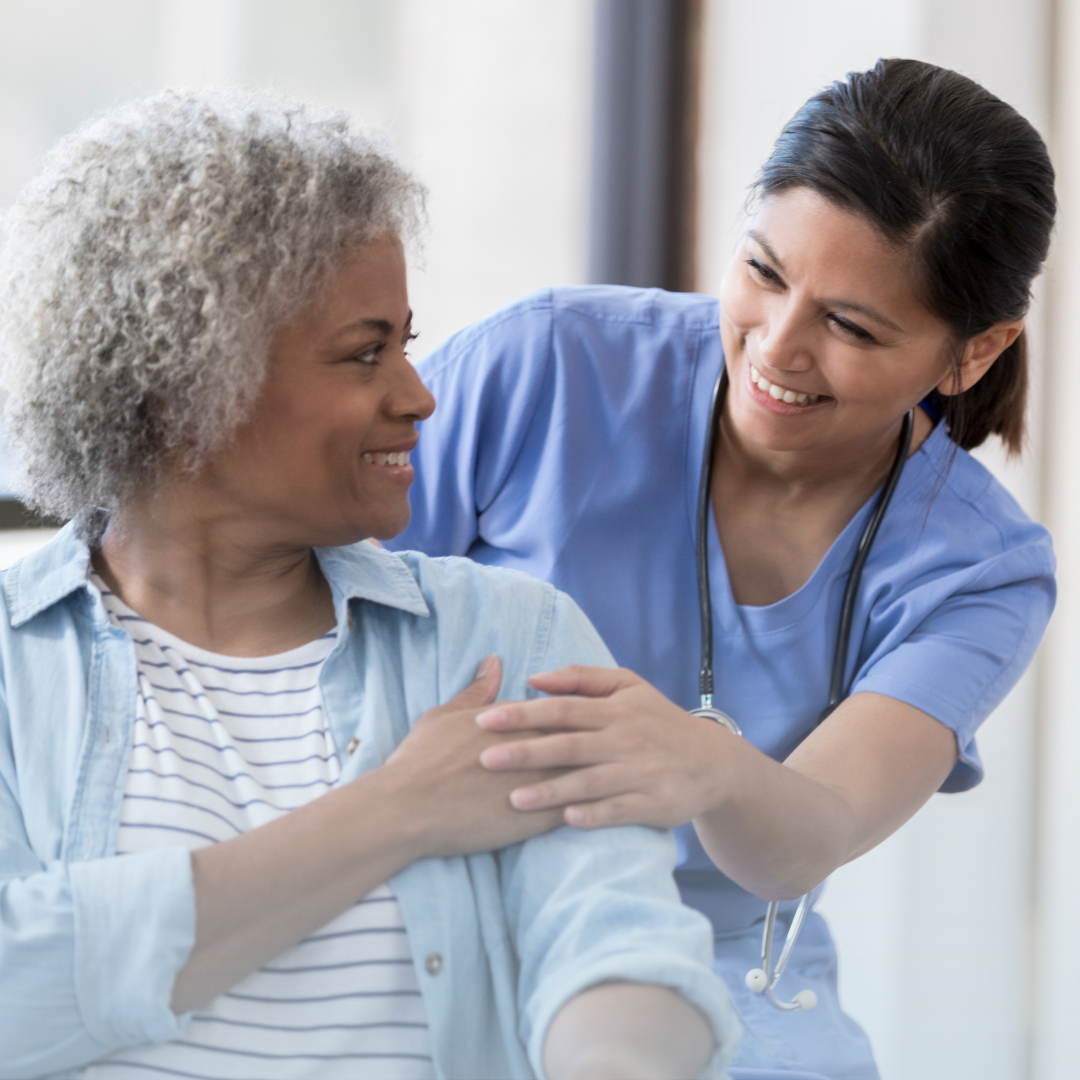

October 13, 2023
The CareOne Difference: How Company Culture Shapes Employee Motivation
Read More
Read More: The 7 Essential Qualities of an Exceptional Senior Care Nurse
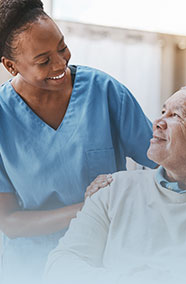

October 2, 2023
The 7 Essential Qualities of an Exceptional Senior Care Nurse
Read More
Read More: From Student to Star: How CareOne’s CNA Training in NJ Stands out From the Rest
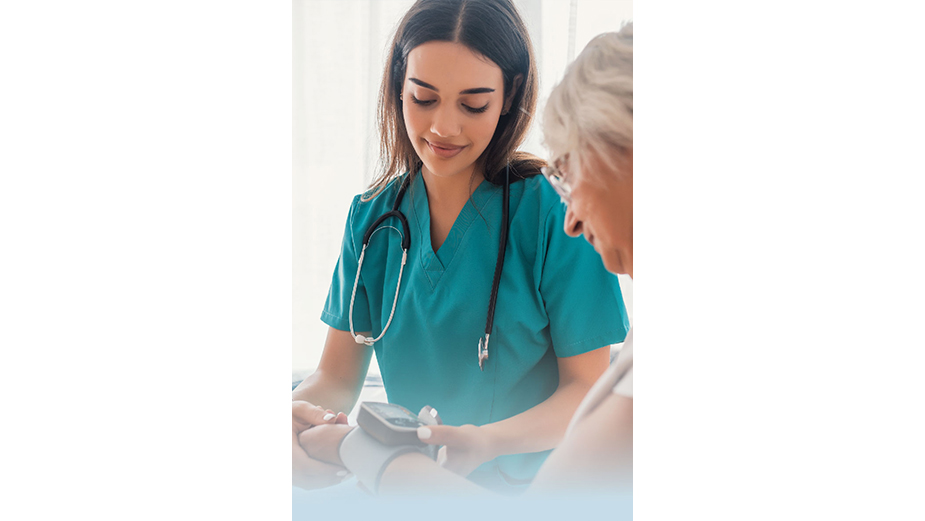

July 25, 2023
From Student to Star: How CareOne’s CNA Training in NJ Stands out From the Rest
Read More
Read More: The CareOne Way: Creating a Healthy Workplace Environment for Nurses
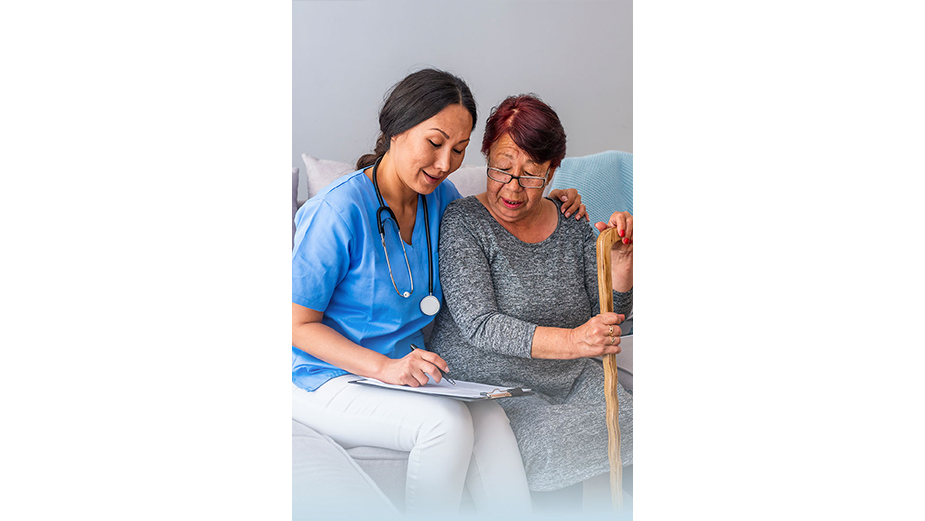

May 8, 2023
The CareOne Way: Creating a Healthy Workplace Environment for Nurses
Read More
Read More: CareOne’s Positive Work Environment Fuels Long Tenure
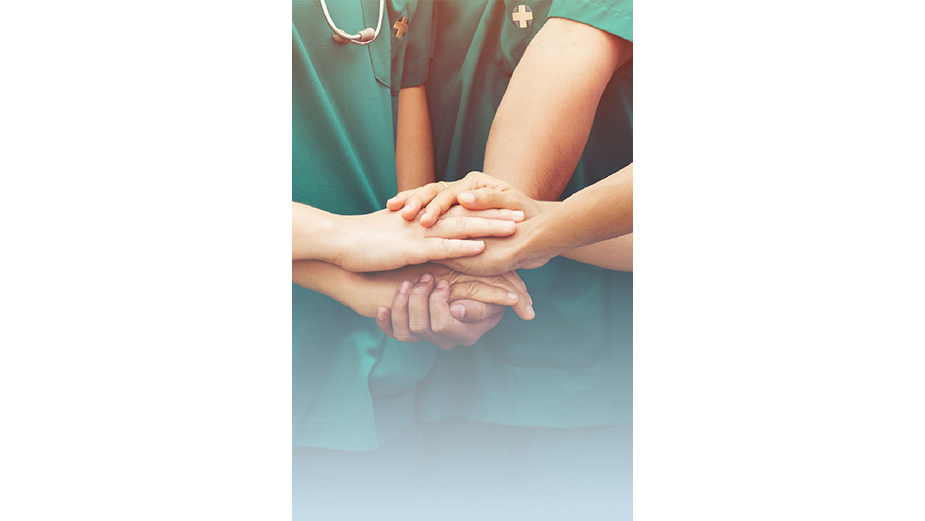

March 24, 2023
CareOne’s Positive Work Environment Fuels Long Tenure
Read More
Latest posts in
CareOne in the Media
Read More: Bridgewater Resident Celebrates 105th Birthday
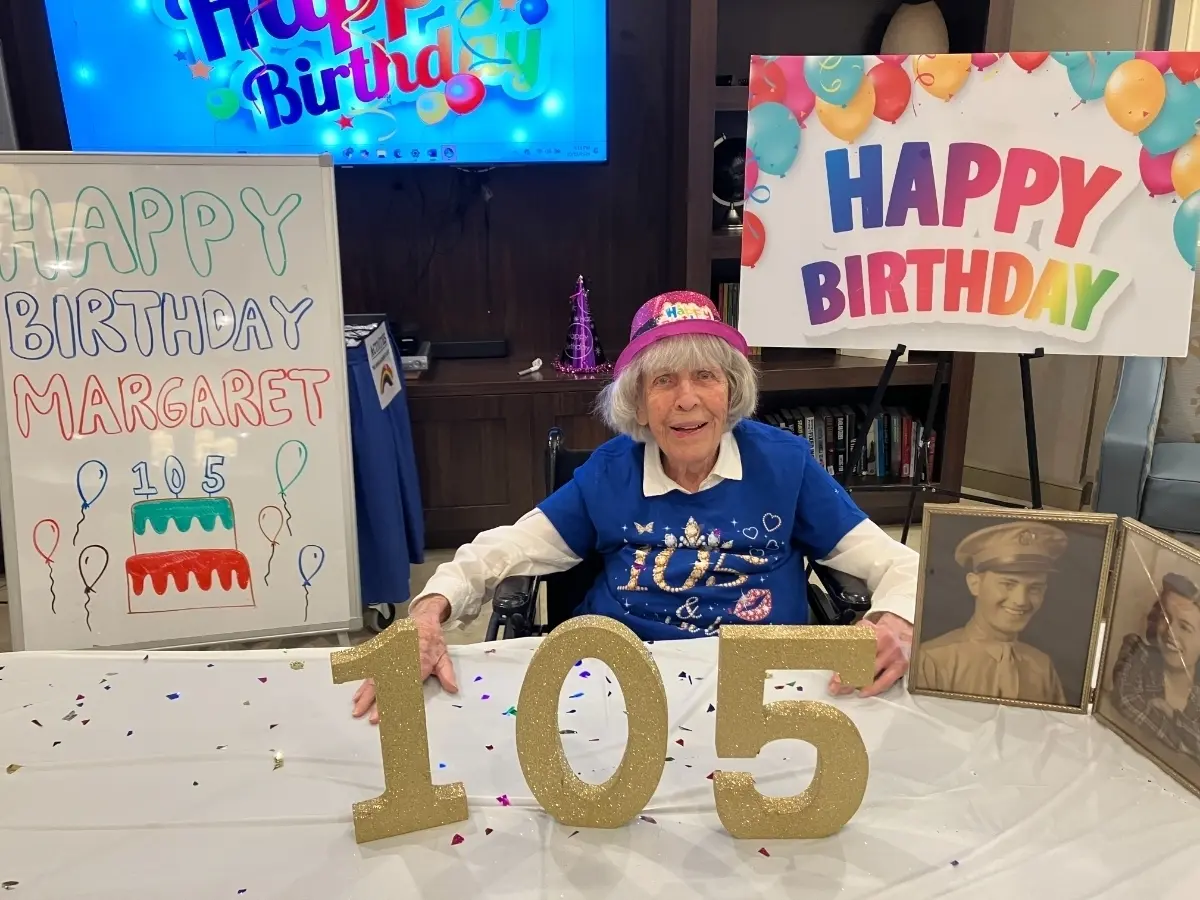

October 29, 2024
Bridgewater Resident Celebrates 105th Birthday
Read More
Read More: How Memory Care Facilities Can Help Families Build Support Networks


September 6, 2024
How Memory Care Facilities Can Help Families Build Support Networks
Read More
Read More: Caregiver Chronicles Podcast: Dementia Care Development ft. Joan DiPaola


July 15, 2024
Caregiver Chronicles Podcast: Dementia Care Development ft. Joan DiPaola
Read More
Read More: 6 Supplements You Should Never Take If You’re Over 60, Doctors Say


April 9, 2024
6 Supplements You Should Never Take If You’re Over 60, Doctors Say
Read More
Read More: Overcoming the Dementia Stigma: It Starts with One Person’s Words and Actions
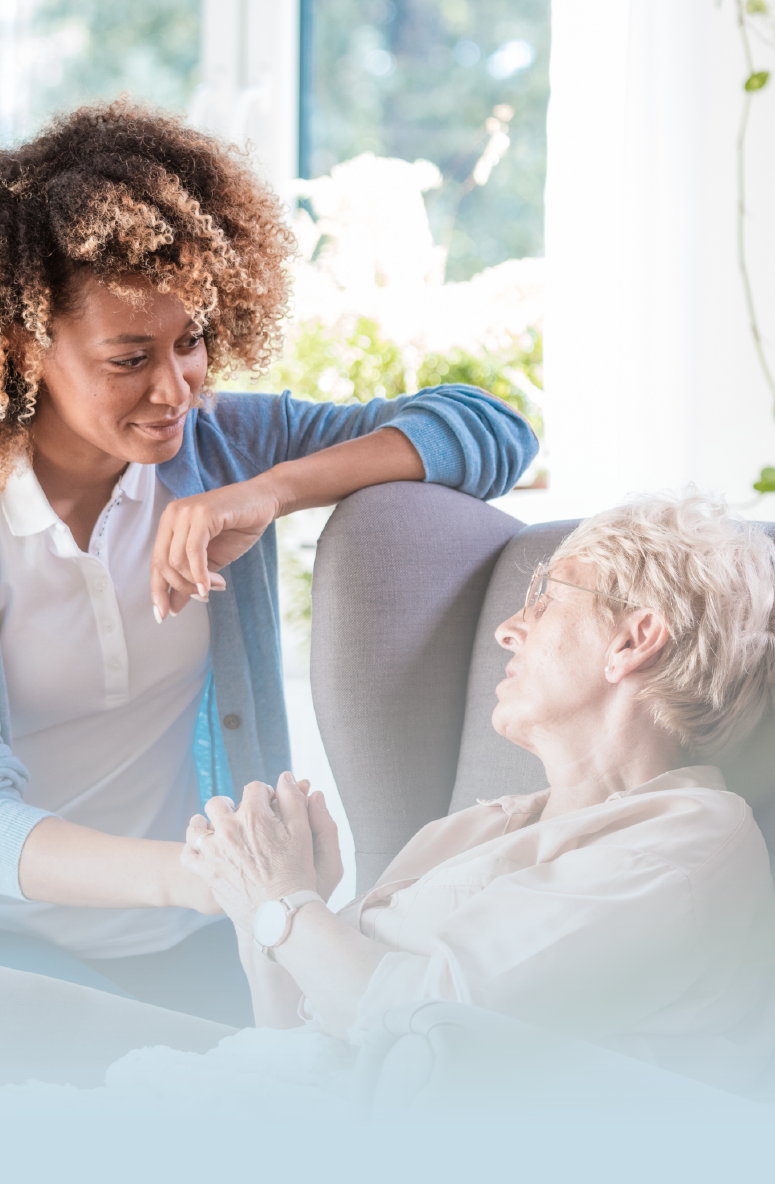

February 27, 2024
Overcoming the Dementia Stigma: It Starts with One Person’s Words and Actions
Read More
Read More: CareOne Nurse Unravels Medical Mystery to Save Patient’s Life


March 7, 2024
CareOne Nurse Unravels Medical Mystery to Save Patient’s Life
Read More
Read More: 34 NJ Nursing Homes Top 2023’s U.S. News ‘Best’ List
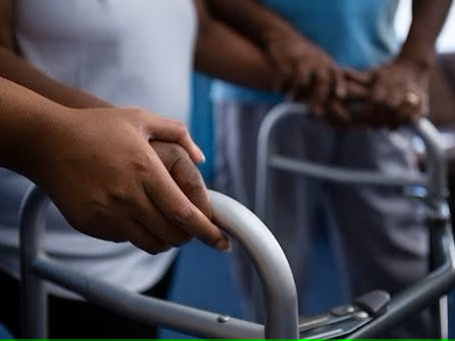

November 29, 2023
34 NJ Nursing Homes Top 2023’s U.S. News ‘Best’ List
Read More
Read More: CareOne Receives High Marks in U.S. News & World Report


November 18, 2024
CareOne Receives High Marks in U.S. News & World Report
Read More
Read More: CareOne Leads Charge: Creutzfeldt-Jakob Disease Awareness


November 5, 2024
CareOne Leads Charge: Creutzfeldt-Jakob Disease Awareness
Read More
Read More: CareOne Completes 2nd Annual Summer of Sharing


September 10, 2024